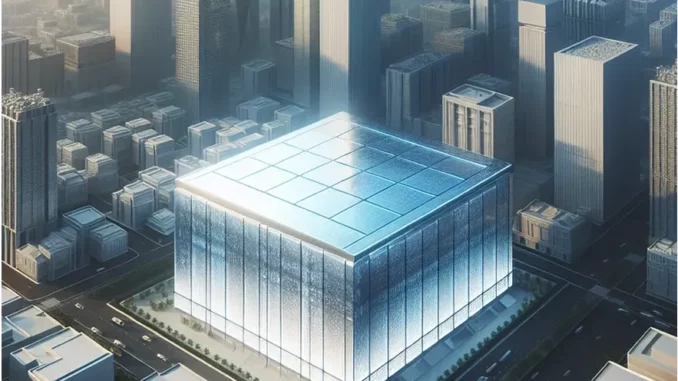
The burgeoning interest in cool roof coatings reflects a broader global shift towards sustainable construction practices, especially as the urgency to combat global warming intensifies. Estimated to reach a significant market value of USD 780.9 million by 2024, this sector’s expansion underscores its escalating relevance in contemporary construction. As cities expand and environmental concerns mount, cool roof coatings emerge as a compelling strategy to alleviate the urban heat island effect and curtail energy consumption, thereby contributing to a more sustainable urban future.
Air quality is vital in planning. See how Focus360 Energy can assist.
Cool roof coatings are engineered to enhance the reflective properties of rooftops, ensuring they absorb less heat than conventional roofing materials. Typically formulated with white or reflective pigments, these coatings significantly reduce rooftop temperatures. This reduction in absorbed heat translates into diminished reliance on air conditioning systems, resulting in notable energy savings and a corresponding decrease in greenhouse gas emissions. As a result, cool roofs not only help lower operational costs for buildings but also play a critical role in environmental stewardship by reducing carbon footprints.
Several pivotal factors are propelling the cool roof coatings market forward. A growing consciousness around energy efficiency and eco-friendly construction is a primary catalyst. Governments globally are enacting stringent measures and incentives to foster green building practices, thereby accelerating the adoption of cool roof technologies. Many nations now offer tax benefits and rebates to structures meeting specific energy efficiency criteria, further fuelling demand. Additionally, the construction industry’s robust expansion, particularly in burgeoning economies, propels market growth. Increased urban populations necessitate more residential, commercial, and industrial developments, creating a fertile ground for integrating energy-efficient solutions like cool roof coatings.
Technological advancements are a cornerstone of this industry’s progress. Continuous innovation in product formulations enhances both the efficacy and durability of cool roof coatings. Elastomeric coatings, for instance, have gained traction due to their ability to endure extreme weather conditions by expanding and contracting with temperature changes, thereby reducing the risk of cracking and degradation. Furthermore, innovations in infrared reflective coatings have considerably bolstered energy efficiency. By reflecting infrared radiation—responsible for significant solar heat gain—these coatings lower roof surface temperatures, decreasing cooling costs and improving occupant comfort.
The global landscape for cool roof coatings is diverse, with notable regional variations. North America leads the market, driven by a proactive stance on energy efficiency and comprehensive regulatory frameworks. The region’s significant investment in retrofitting existing structures with cool roof technologies underscores its market leadership. Europe follows closely, with its stringent environmental policies geared towards tackling climate change. The commitment to reducing carbon emissions has catalysed the adoption of cool roof coatings, particularly in countries like Germany and the United Kingdom. In the Asia-Pacific region, rapid urbanisation and industrial growth underpin the burgeoning demand. Economies like China and India are investing in infrastructure development, presenting substantial opportunities for energy-efficient solutions. As environmental awareness matures, the uptake of cool roof technologies in these regions is anticipated to rise markedly.
Despite promising growth prospects, the cool roof coatings market faces hurdles that could impede its trajectory. The high initial installation costs remain a significant barrier. Although these coatings promise long-term energy savings, the upfront financial outlay can dissuade some property owners and developers. Moreover, a lack of awareness regarding the benefits of cool roofs in certain areas presents another obstacle. Industry stakeholders must therefore prioritise education and advocacy to illuminate the long-term advantages of adopting these technologies.
Nonetheless, the outlook for the cool roof coatings market remains optimistic. With a global emphasis on sustainability and energy efficiency, demand for these innovative solutions is set to escalate. Continued research and development efforts are likely to yield more cost-effective and high-performance products, broadening accessibility. As the construction sector evolves, cool roof coatings are poised to play a crucial role in shaping a more sustainable built environment. By aligning technological advancement with policy support, this market stands ready to make a significant impact in mitigating climate change and promoting energy-efficient building practices.


Be the first to comment